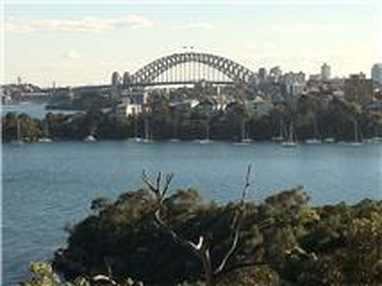Urban Dynamics
Glossary
|
Conurbation
Urban sprawl Satellite city Density Medium-density High density Urban consolidation Gentrification Urban renewal Sponge centres Urban decay Decentralisation Suburbanisation Locational disadvantage |
a large, heavily populated urban area formed by growth and the gradual merging of separate urban areas.
the spreading out of a city, also known as suburbanisation an urban centre having economic links with a larger city from which it is separated by open country refers to the number of houses per hectare of land division of suburban blocks, or smaller blocks of units of about 3-4 storeys. high rise apartments of more than about 4 storeys. promotes an increase in medium and high density housing in suburbs that already contain infrastructure. a process where inner-city, dilapidated buildings or poor neighbours are taken over and renovated by the movement of wealthy people into the area. the redevelopment of old urban areas with new buildings and improved infrastructure. Big provincial centres which suck in people and resources from neighbouring regions. The process of buildings becoming run-down and neglected as they age. The process of moving businesses and organisations out of the city centre to small regional centres. The movement of people to areas immediately next to large cities. The concentration of the economically and socially disadvantaged into particular neighbourhoods with few services and limited infrastructure. |

